Blog

These results are particularly troubling since children, ages one to five, are in important stages of development and likely more sensitive to environmental chemicals, particularly those that affect their metabolism and hormones.

A panel of scientists assembled as members of the Chronic Hazard Advisory Panel (CHAP) and charged with assessing the safety of using phthalates or six alternative chemicals in children’s toys and child care articles has completed their review and released a report.
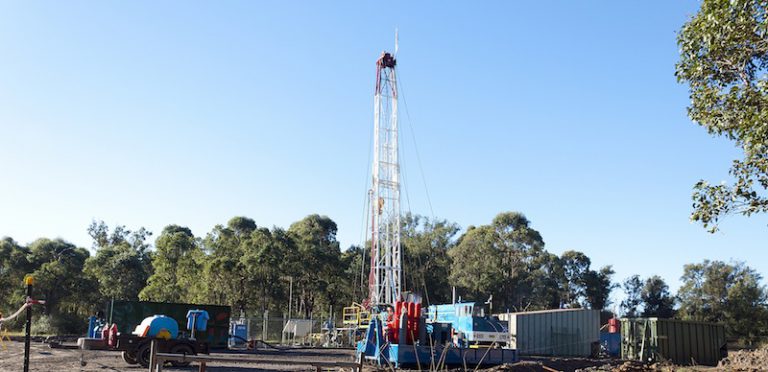
Hydraulic fracturing, or fracking, has become a common – and controversial – method for extracting natural gas and oil trapped underground. The process involves various chemicals, some of which are known to be hazardous. With the potential for contamination, it’s important to know exactly what chemicals are being used and what their health impacts are.
Your support allows us to make big impacts. Will you donate today?
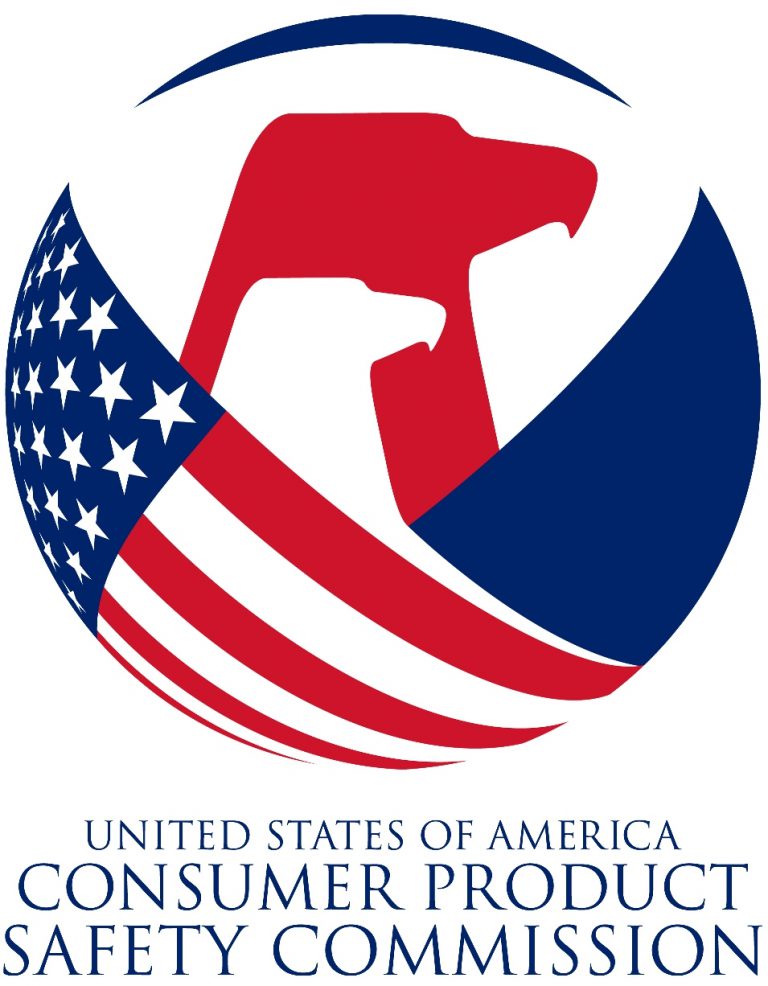
Despite industry’s relentless campaign to overturn the ban on these extremely toxic chemicals, we are heartened that the science and concern for the protection of children’s health won out, at least at this step of the process.

95% of triclosan and the vast majority of triclocarban are flushed down the drain where triclosan then goes on to form other toxic by-products including dioxins. In fact it was the presence of dioxins in Minnesota’s lakes that resulted in the state taking action.

A new report out of Michigan sheds light on why investing in lead abatement makes financial sense. For many of us who support removing lead from homes and products, it's a no brainer, right?! But when it comes to making the case to state and federal lawmakers, numbers speak louder than words.

Just this week, the National Research Council (NRC) signed off on the National Toxicology Program’s decision to list styrene as “reasonably anticipated to be a human carcinogen” in its latest report on carcinogens.
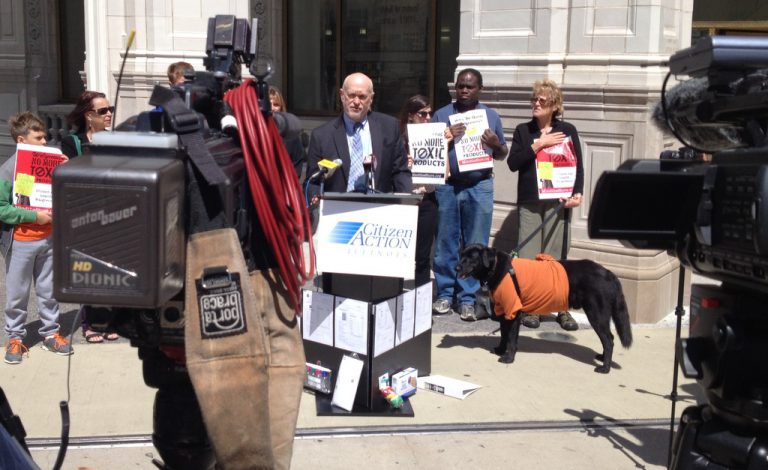
I myself joined our allies outside of the company’s flagship store in the heart of Wall Street passing out flyers and talking with stockbrokers, customers and tourists walking by. If other major retailers like Target and Walmart can begin addressing toxics, why can’t Walgreens?
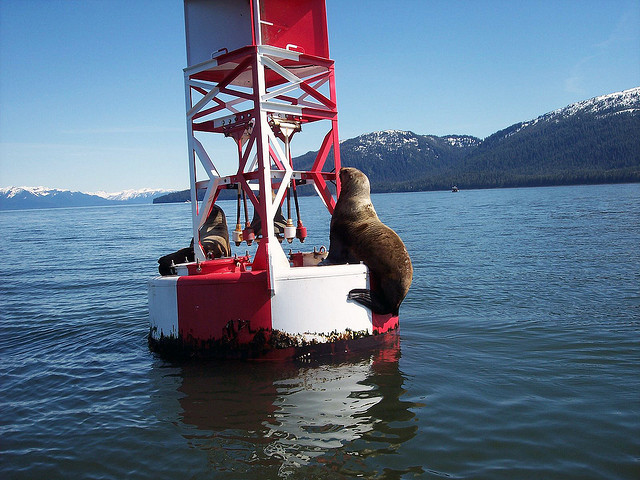
The Protecting American Families from Toxic Chemicals Act would allow the Environmental Protection Agency (EPA) to identify and phase out PBTs from commerce within the next five years.
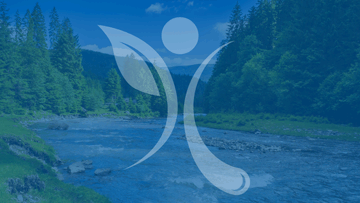
Senator Jeff Merkley (D-OR) introduced legislation that would phase out chemicals known as PBTs, a class that is the most dangerous to pregnant women, children and the environment. The “Protecting America’s Families from Toxic Chemicals Act” would empower the Environmental Protection Agency to identify and phase out PBTs within five years. The bill also identifies 22 known PBTs to expedite their phase out for non-essential uses.

